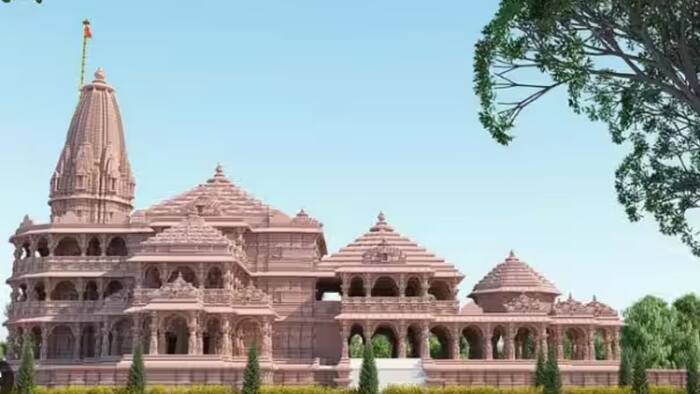
Written By Shubham Verma
Published By: Shubham Verma | Published: Jan 19, 2024, 07:09 PM (IST)

The Ram Mandir (Ram Temple) in Ayodhya is set for its consecration ceremony on January 22. The ceremony — known as “Pran Pratishtha” in Hindu mythology — will take place amid the participation of renowned people from different backgrounds, including Prime Minister Narendra Modi who is likely to install the idol of Lord Ram. The consecration ceremony will also be live-streamed at the iconic Times Square in New York City. Since this will be one of the grandest events, the Department of Telecommunications is leaving no stone unturned to ensure smooth flow. The government is leveraging advanced technologies to secure the event and safeguard attendees.
Here are the top technologies the DoT employs to ensure a safe event at Ayodhya on January 22.
Bollards protect important buildings from vehicular attacks. They are highly resilient and scan any vehicle passing through the Janmabhoomi Path and boom barriers. They ensure the safety and security of high-profile buildings.
Tyre killers block roadways and access points to different establishments such as hotels and offices making it difficult, or rather almost impossible, for unauthorised vehicles to enter a property in Ayodhya.
The entire closed-circuit camera surveillance in Ayodhya will use Artificial Intelligence (AI) to sift through footage to find anomalies with a recording capacity of up to 90 days.
The entire perimeter of the Ram Mandir and beyond will be a no-drone zone. This technology will detect and intercept unauthorised drones and automatic flying objects by scanning for specific radio frequencies. It can also identify individual drone models based on command protocols and take action on them.
For smooth and seamless travel for visitors and an organised traffic flow, the intelligent traffic management system will be implemented at 20 locations in Ayodhya. The boxes housing these devices will provide the control room with crucial information about any suspicious activities or an emergency.
With the help of AI and ML, the authorities will enable dynamic adjustments based on real-time crowd movement to ensure consistent signal strength during the entire event.